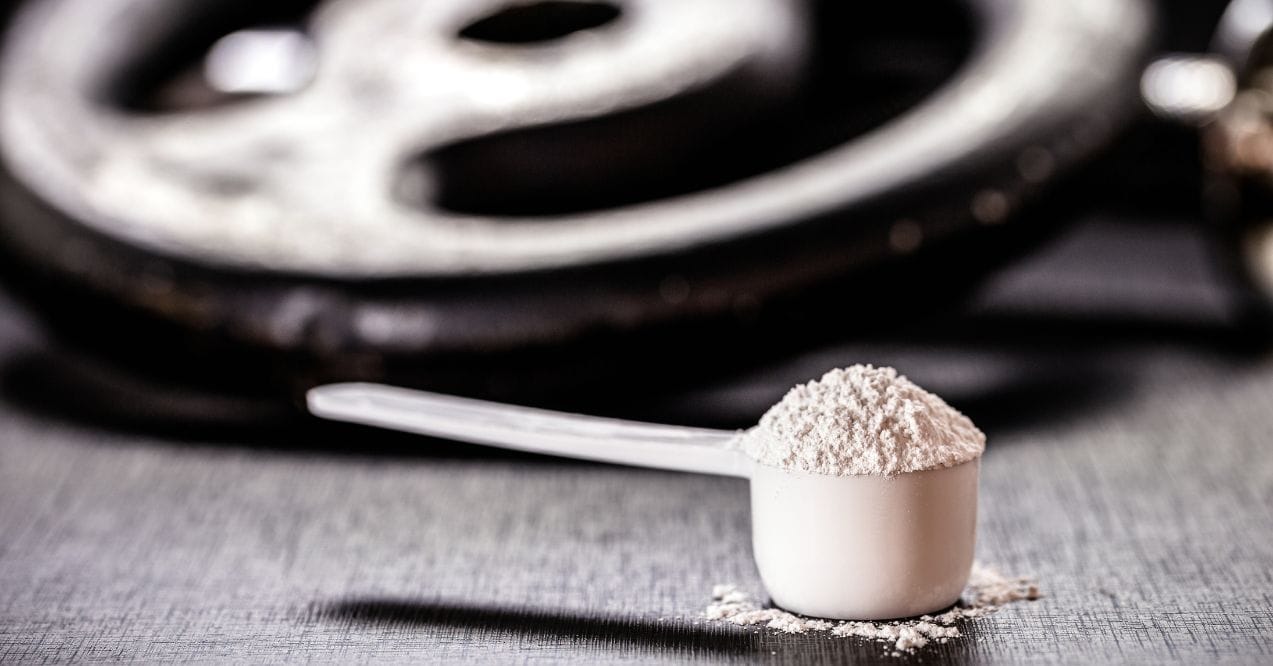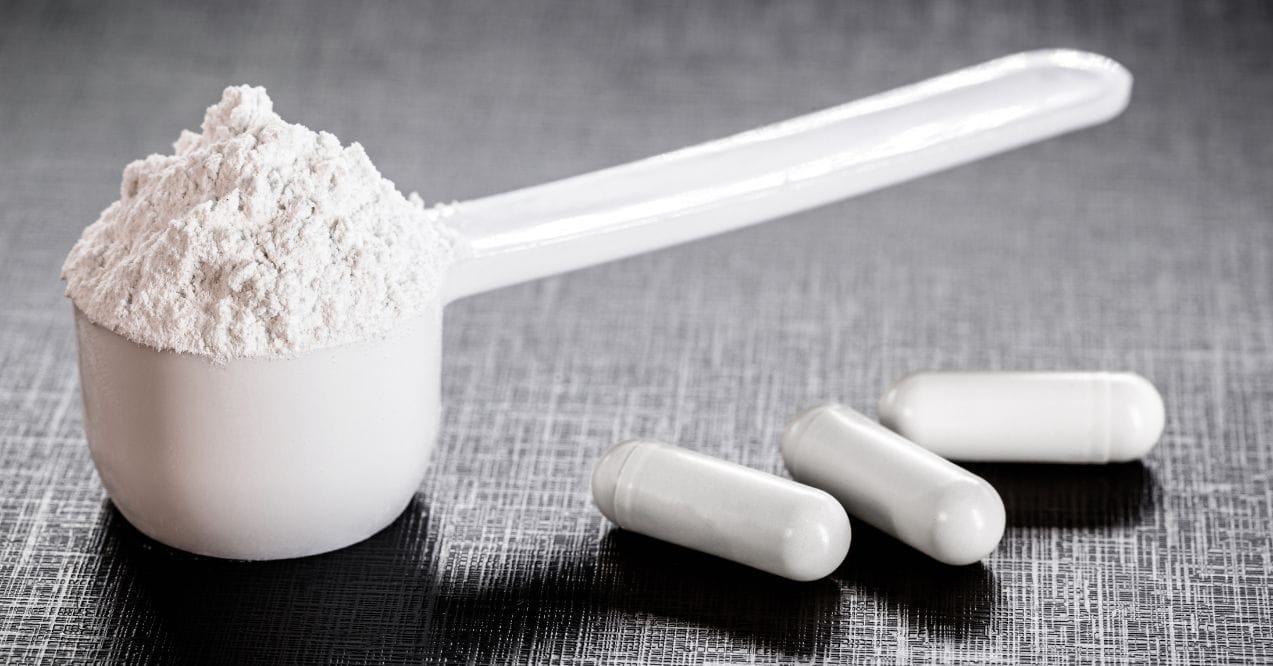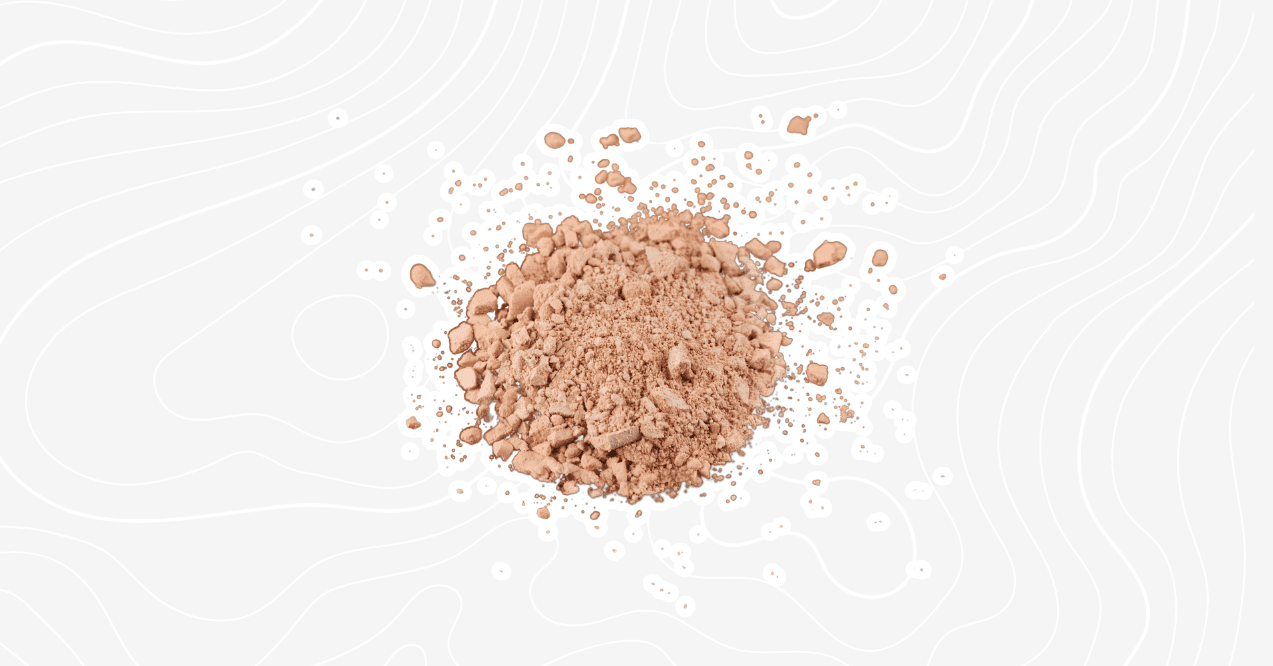Creatine Monohydrate vs HCL: Which Is Better for You?
Looking to boost your gym performance and build more muscle? Creatine might be exactly what you need. The supplement world offers two popular options: Creatine Monohydrate and Creatine HCL (Hydrochloride). Both forms can significantly improve your strength, muscle mass, and overall workout performance – but they work differently.
Whether you’re a seasoned lifter or just starting your fitness journey, understanding the differences between creatine monohydrate vs HCL can help you make the right choice for your specific goals. Let’s dive into what makes each unique and which might be the better fit for your training regimen.

What is Creatine HCL?
Creatine HCL (Hydrochloride) is a newer form of creatine that bonds the creatine molecule to hydrochloride, creating a more acidic compound. This unique chemical structure gives it several advantages over traditional creatine supplements.
The standout feature of Creatine HCL is its exceptional solubility. When mixed with water, it dissolves almost instantly – no more gritty texture or stubborn residue at the bottom of your shaker. This improved solubility comes from the hydrochloride group, which makes the molecule more water-attractive.
Key benefits of Creatine HCL include:
- Enhanced absorption in the intestines due to its acidic nature
- Smaller effective dosage – typically 1-2 grams daily vs. 5 grams of monohydrate
- Faster uptake by muscle cells, potentially leading to quicker results
- Reduced digestive discomfort and bloating compared to other forms
The creatine hydrochloride benefits extend to those with sensitive stomachs who might struggle with traditional creatine supplements. Many users report they can take HCL without the gastrointestinal issues sometimes associated with monohydrate.
For those wondering what is micronized creatine and how it compares – micronized creatine is actually a processing method applied to creatine monohydrate, not a different form entirely. Micronization breaks down creatine particles to about 20 times smaller than regular monohydrate, improving mixability but not changing the fundamental structure like HCL does.
With its increased solubility and absorption rate, Creatine HCL represents an evolution in creatine supplementation that many performance-focused athletes are turning to.
What is Creatine Monohydrate?
Creatine Monohydrate is the gold standard of creatine supplements – the form that revolutionized sports nutrition when it hit the market in the early 1990s. It consists of a creatine molecule bound to a water molecule, creating a stable, efficient supplement that has stood the test of time.
What makes Creatine Monohydrate special is its impressive research backing. With hundreds of studies spanning three decades, no other form of creatine has been tested as thoroughly. These studies consistently show it enhances strength, power output, and muscle mass when combined with resistance training.
Creatine monohydrate for energy works by increasing your muscle’s phosphocreatine stores. This directly fuels your ATP energy system, allowing you to push harder during high-intensity, short-duration activities like lifting weights or sprinting.
The benefits are substantial:
- Increased strength – typically 5-15% improvement in maximal power
- Enhanced muscle growth – both directly and by enabling more intense workouts
- Improved recovery between sets and workouts
- Better performance in high-intensity exercise
A common question among fitness enthusiasts is: is all creatine monohydrate the same? The answer is no. While the base molecule is identical, quality differences exist between products:
- Purity levels vary between manufacturers (look for 99%+ pure)
- Micronized versions offer better mixability
- Creapure® (a German-made variant) is considered premium due to strict quality control
- Manufacturing standards differ, affecting contaminant levels
What truly sets monohydrate apart is its affordability. You get the most researched, proven-effective form of creatine at the lowest cost per serving. This cost-effectiveness, combined with its reliable results, explains why monohydrate remains the most popular choice despite newer alternatives entering the market.
For most people, Creatine Monohydrate provides the ideal balance of scientific backing, effectiveness, and value.
Creatine HCL vs. Monohydrate: What’s the Difference?
When comparing creatine monohydrate vs HCL, several key differences emerge that can influence which one might work better for your specific needs.
Solubility:
- Monohydrate – Less soluble, often requiring more mixing and can leave residue
- HCL – Highly soluble, dissolves almost instantly with minimal mixing
Dosage Requirements:
- Monohydrate – Typically 5g daily (20g daily during loading phase)
- HCL – Much smaller at 1-2g daily with no loading phase needed
Absorption & Efficiency:
- Monohydrate – Standard absorption rate, well-established effectiveness
- HCL – Enhanced absorption due to acidic properties, potentially more efficient per gram
Side Effects:
- Monohydrate – More likely to cause water retention, bloating in some users
- HCL – Reduced instance of bloating and digestive discomfort
Research Backing:
- Monohydrate – Extensive research spanning decades
- HCL – Limited but promising studies, newer to the market
Cost Considerations:
- Monohydrate – Very affordable, best value per gram of creatine
- HCL – More expensive per serving, but lower dosage partially offsets cost
Convenience:
- Monohydrate – Requires consistent daily use, may need multiple doses when loading
- HCL – Simple one-time small dose, mixes easily in any beverage
The core functioning mechanism – increasing phosphocreatine stores in muscles – remains the same for both forms. The differences lie primarily in how they’re processed by your body and the user experience rather than fundamental changes to how creatine works.
Benefits of Creatine HCL
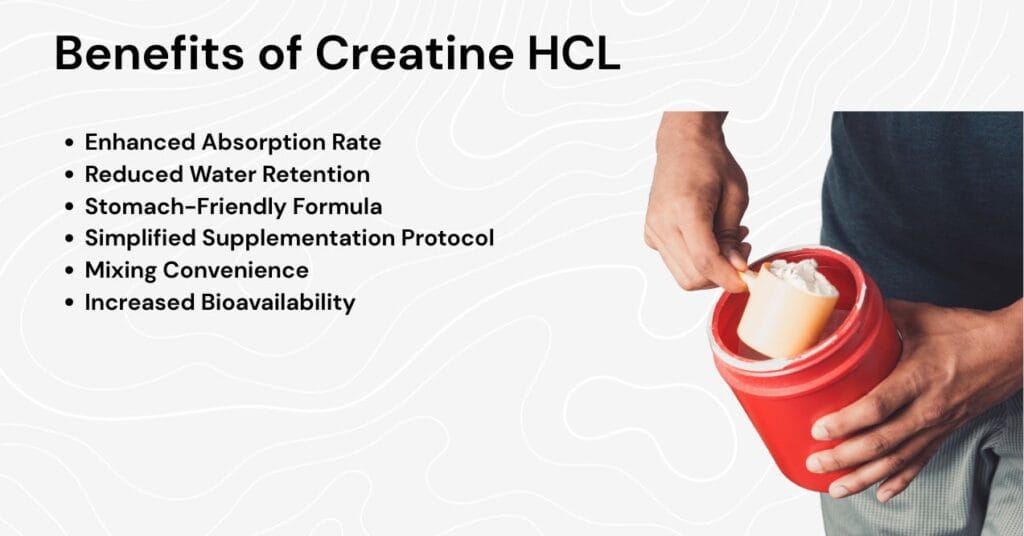
Creatine HCL benefits extend beyond just performance enhancement, with several advantages that make it appealing to many athletes:
Enhanced Absorption Rate:
- Reaches muscles more efficiently due to its acidic properties
- May produce faster initial results for some users
- The hydrochloride component improves passage through the digestive system
Reduced Water Retention:
- Less extracellular water retention compared to monohydrate
- Results in less “puffy” appearance that some users report with monohydrate
- May be beneficial for athletes in weight-class sports or aesthetic competitions
Stomach-Friendly Formula:
- Lower incidence of digestive discomfort
- Reduced bloating and intestinal issues
- Better tolerance by those with sensitive stomachs
Simplified Supplementation Protocol:
- No loading phase required to saturate muscles
- Consistent 1-2g daily dosage is all that’s needed
- Gets to work quickly without the 5-7 day loading period
Mixing Convenience:
- Dissolves completely in water without grittiness
- Can be mixed in smaller amounts of liquid
- No sandy texture or residue in your shaker
Increased Bioavailability:
- More of each gram is utilized by your body
- Smaller doses provide equivalent effects to larger monohydrate doses
- Creatine hydrochloride benefits include this improved gram-for-gram efficiency
For those prioritizing convenience, digestive comfort, and rapid mixability, HCL offers compelling advantages despite its higher price point per gram.
Benefits of Creatine Monohydrate
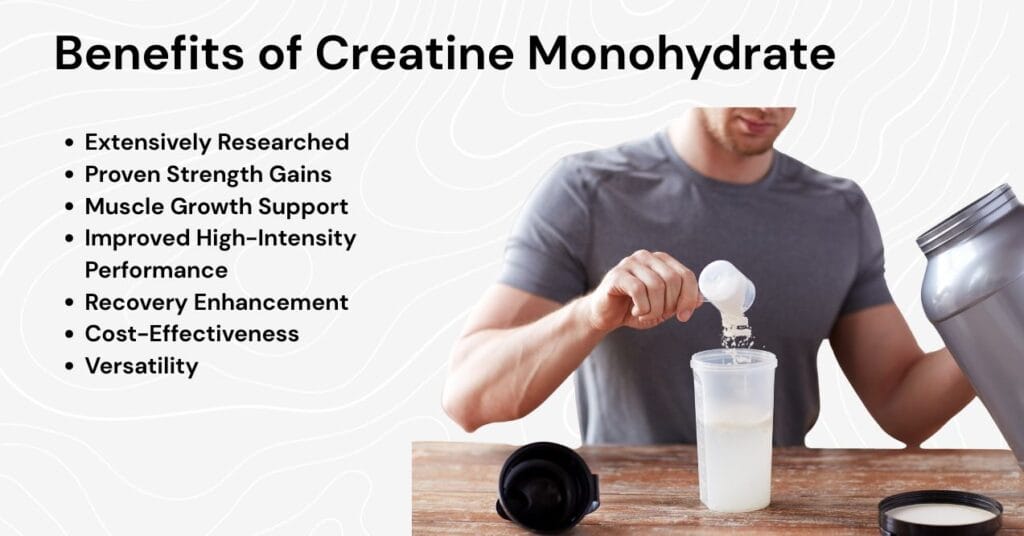
Creatine monohydrate for energy production and performance enhancement has stood the test of time, offering several well-established benefits:
Extensively Researched:
- Hundreds of peer-reviewed studies confirm its effectiveness
- Decades of real-world results across various populations
- Well-understood safety profile with minimal risks
Proven Strength Gains:
- Consistently shows 5-15% improvements in maximal strength
- Enhances power output during explosive movements
- Supports progressive overload – the key driver of muscle growth
Muscle Growth Support:
- Increases cell volumization, creating an anabolic environment
- Supports protein synthesis pathways
- Allows for more volume and intensity in workouts
Improved High-Intensity Performance:
- Replenishes ATP stores faster between sets
- Extends capacity in the phosphagen energy system
- Delays fatigue during repeated sprint or power efforts
Recovery Enhancement:
- Reduces muscle cell damage markers
- Supports faster recovery between sets
- Helps maintain performance across multiple training sessions
Cost-Effectiveness:
- Most affordable form of creatine per effective dose
- Widely available from numerous manufacturers
- Bulk purchases offer exceptional value
Versatility:
- Works for strength athletes, bodybuilders, and team sport players
- Benefits both men and women equally
- Effective for users of all fitness levels
The primary appeal of monohydrate lies in its unmatched combination of scientific validation, reliable results, and exceptional value – making it the benchmark against which all other forms are measured.
Is Creatine HCL Better Than Monohydrate?
When comparing creatine monohydrate vs HCL, determining which is “better” depends largely on your individual needs and priorities.
For those with sensitive stomachs:
- HCL generally provides a more comfortable experience
- Less bloating and digestive discomfort
- Smaller dose means less potential for stomach issues
For budget-conscious users:
- Monohydrate offers superior cost-effectiveness
- More affordable per effective dose
- Widely available in cost-effective bulk options
For convenience seekers:
- HCL dissolves instantly with no grittiness
- No loading phase simplifies the protocol
- Smaller dose is easier to take
For those wanting proven results:
- Monohydrate has decades of research backing
- Well-established effects and safety profile
- Predictable outcomes based on extensive studies
For competitive athletes:
- Monohydrate has been used successfully by elite competitors for decades
- HCL may offer advantages for weight-class athletes due to less water retention
- Both can effectively support performance goals
For those who’ve tried monohydrate unsuccessfully:
- HCL may work where monohydrate didn’t due to absorption differences
- Different chemical structure might bypass previous issues
- Lower dose might resolve previous side effects
Neither form is universally “better” – rather, each excels in specific scenarios. Your personal response, budget, convenience preferences, and specific goals should guide your choice. Many experienced users actually cycle between both forms or use them for different purposes depending on their training phase.
How Do They Compare in Terms of Effectiveness?
When examining the effectiveness of creatine monohydrate vs HCL, we need to consider several performance metrics:
Muscle Saturation Rate:
- Monohydrate: Takes 5-7 days with loading phase, 28+ days without
- HCL: Potentially faster saturation due to enhanced absorption
- Real-world impact: Both achieve full saturation given sufficient time
Strength Enhancement:
- Monohydrate: Typically shows 5-15% increase in maximal strength
- HCL: Similar strength improvements in preliminary studies
- Practical difference: Negligible once muscles are fully saturated
Muscle Growth Support:
- Monohydrate: Well-documented increases in lean mass
- HCL: Limited research, but shows similar mechanisms of action
- User reports: Comparable results once effective dosages are established
Power Output:
- Monohydrate: Consistently improves repeated sprint and power performance
- HCL: Appears to offer similar benefits with potentially faster onset
- Performance impact: Both effectively support ATP-CP energy system
Training Volume Capacity:
- Monohydrate: Allows for 1-2 additional reps in typical strength sets
- HCL: Shows comparable improvements in resistance to fatigue
- Workout quality: Both enable more total work performed per session
Cellular Hydration:
- Monohydrate: Greater overall water retention, including some extracellular
- HCL: More targeted intracellular hydration with less total water weight
- Physiological impact: Both create anabolic cellular environment
The fundamental mechanism – increasing phosphocreatine stores to regenerate ATP – is identical in both forms. The primary difference lies not in their ultimate effectiveness but in how quickly they achieve saturation, user experience factors, and dosing protocols.
For most users following proper protocols, the end results in terms of strength, power, and muscle growth will be remarkably similar between the two forms.
Which Is the Best Creatine for Your Goals?
Selecting the right creatine comes down to matching the supplement with your specific fitness objectives. Here’s how to choose based on your primary goals:
For Maximum Muscle Building:
- Both forms work effectively for muscle growth
- Monohydrate offers more research-backed results
- HCL may provide quicker initial results for some users
For Pure Strength Gains:
- Monohydrate has the most extensive research showing strength improvements
- Consider your training style – for powerlifting, monohydrate’s track record is unmatched
- For strength-endurance, either form provides similar benefits
For Athletic Performance:
- Team sport athletes might prefer HCL for less water weight
- Combat sport competitors in weight classes may benefit from HCL’s reduced bloating
- Endurance athletes should note that neither form significantly improves aerobic performance
For Physique Competitors:
- During bulking phases, monohydrate’s cost-effectiveness shines
- During cutting or pre-contest phases, HCL’s reduced water retention may be advantageous
- Consider timing – switch to HCL 4-6 weeks before competition if water retention is a concern
For Beginners:
- Monohydrate provides the most reliable introduction to creatine
- Start with the proven standard before exploring alternatives
- Focus on consistency rather than form when starting out
For Those With Previous Side Effects:
- If monohydrate caused digestive issues, try HCL
- If you disliked the loading phase, HCL eliminates this requirement
- If mixability was your concern, either HCL or micronized monohydrate will improve this
Looking for a premium creatine option that delivers proven results? Trumeta Creatine offers 5 grams of pure Creapure® creatine monohydrate per serving – the gold standard in quality and effectiveness. This German-engineered Creapure® formulation ensures maximum purity and potency for building lean muscle, boosting workout endurance, and enhancing recovery.
Whether you’re pushing through high-intensity training sessions or looking to improve your mental performance, Trumeta’s vegan, gluten-free formula mixes easily and provides the clean, effective supplementation you need. For those who’ve decided monohydrate is their preferred form, Trumeta delivers the quality and consistency your training demands.
Is a Loading Phase Necessary for Either Creatine?
The loading phase question represents one of the key differences between these two creatine forms, and understanding it can save you time, money, and potential discomfort.
For Creatine Monohydrate:
- Traditional protocol suggests a 5-7 day loading phase (20g daily, split into 4 doses)
- This rapidly saturates muscle creatine stores
- After loading, maintenance is just 3-5g daily
- You can skip loading and take 3-5g daily, but full saturation will take 3-4 weeks
- Research shows both approaches reach the same endpoint—full saturation
For Creatine HCL:
- No loading phase is typically recommended or necessary
- Standard dosage is just 1-2g daily from the start
- Muscle saturation occurs more gradually but efficiently
- The enhanced absorption rate makes loading unnecessary
- This simplified protocol is a major selling point for HCL
Practical Considerations:
- Loading with monohydrate can cause temporary water retention and bloating
- Loading may increase the risk of digestive discomfort
- HCL’s no-loading approach is more beginner-friendly
- For those with competition deadlines, monohydrate’s loading option offers faster results
The necessity of loading ultimately depends on your timeline. Need results quickly? Loading monohydrate makes sense. Prefer simplicity and comfort? Either skip the monohydrate loading phase or choose HCL for a more straightforward experience.
Does Creatine Make You Lose Weight or Gain Size?
Creatine primarily promotes size gains rather than weight loss, but understanding exactly how it affects your body composition is important for setting realistic expectations.
For Weight Changes:
- Initial weight gain (1-3 pounds) is common in the first week
- This is primarily water weight as creatine draws water into muscle cells
- Creatine itself doesn’t burn fat or directly cause weight loss
- Long-term weight gain comes from increased muscle mass, not fat
For Muscle Growth:
Creatine supports muscle size increases through several mechanisms:
- Cell volumization (muscles hold more water)
- Enhanced training capacity (more reps, sets, and weight)
- Support for protein synthesis pathways
Water Retention Factors:
- Monohydrate typically causes more water retention than HCL
- This water is mainly pulled into muscles, creating a fuller look
- Some users experience temporary subcutaneous water retention
- This effect often stabilizes after 1-2 weeks of consistent use
Some users report experiencing a creatine headache during early supplementation. This is typically related to dehydration, as creatine increases your body’s water needs. Staying well-hydrated (aim for an additional 16-20oz daily) can help prevent this issue.
For optimal body composition results, use creatine as part of a complete program including proper training and nutrition. The supplement amplifies your efforts but works best when supporting an effective overall fitness plan.
Creatine HCL is more easily absorbed than monohydrate due to its enhanced solubility and acidic properties. This improved absorption rate allows for lower dosages while achieving similar muscle saturation levels, making it gentler on the digestive system.
The recommended dosage for Creatine HCL is 1-2 grams daily, compared to 5 grams for monohydrate. No loading phase is necessary. Consistency is key – take it daily with water, preferably around your workout time for optimal results.
No, not all creatine monohydrate is identical. Quality varies based on purity levels, manufacturing standards, and processing methods. Premium options like Creapure® offer higher purity (99%+), while micronized versions provide better mixability and potentially improved absorption.
Advertisement. This site offers health, wellness, fitness and nutritional information and is designed for educational purposes only. You should not rely on this information as a substitute for, nor does it replace, professional medical advice, diagnosis, or treatment. If you have any concerns or questions about your health, you should always consult with a physician or other health-care professional. Do not disregard, avoid or delay obtaining medical or health related advice from your health-care professional because of something you may have read on this site. The use of any information provided on this site is solely at your own risk.
